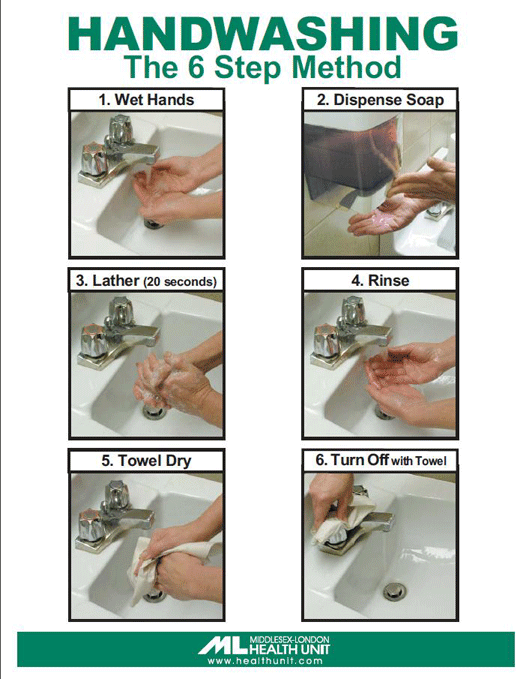Different organisms affect different parts of the body and cause various types of ringworm:
- Ringworm of the scalp (tinea capitis)
- Ringworm of the body (tinea corporis)
- Ringworm of the foot (tinea pedis or "athlete's foot")
- Ringworm of the nails (tinea unguium)
- Ringworm of the groin (tinea cruris or "jock itch")
It is called Ringworm because the skin rash is most often round or oval with a raised border.
Back to top
What are the symptoms of ringworm?
Symptoms of Ringworm vary depending on the part of the body that is infected.
- Ringworm of the scalp usually begins as a small pimple that becomes larger, leaving scaly patches of temporary baldness. Yellowish crusty areas sometimes develop.
- Ringworm of the body is a flat, round patch anywhere on the skin except for the scalp and feet. As the rash gradually expands, its centre clears to produce a ring. More than one patch can occur and patches can overlap. It is sometimes itchy.
- Ringworm of the foot, or "athlete's foot", appears as itching, scaling and blisters which can lead to cracking of the skin, especially between the toes.
- Ringworm of the nails appears as thick, discolored, and brittle nails, or the affected nails may become chalky and disintegrate.
Back to top
How is it spread?
Ringworm is spread by:
- Direct skin contact with an infected person or infected pet
- Indirect contact with an object or surface that has been contaminated by an infected person (hats, combs, brushes, bed linens, stuffed animals, gym mats, and sleeping cots).
Back to top
Who is at risk?
Children are most likely to get Ringworm. Outbreaks of Ringworm of the scalp have been identified in both child care centres and schools, and outbreaks of Ringworm of the scalp, body and foot have been identified in high school sports teams. Early recognition and treatment are needed to slow down the spread of infection.
Back to top
How is ringworm treated?
Ringworm is treated with antifungal medication. A cream medication is applied directly to the infection or sometimes a pill is taken by mouth. There are no long-term complications from Ringworm. However, it may be difficult to clear up a Ringworm infection.
Back to top
How is ringworm prevented?
Ringworm is difficult to prevent. The fungus is common, and it is contagious before symptoms appear. However practicing the following may prevent spread to others.
Thorough handwashing
- Handwashing is the way to prevent the spread of infections.
- The six steps to good hand washing are:
- Wet hands with warm running water
- Put liquid soap on hands
- Lather hands and scrub for 20 seconds
- Rinse under running water
- Dry your hands with paper towels
- Use the towel to turn off the taps
 The 6 Step Method of Handwashing (PDF 96KB)
The 6 Step Method of Handwashing (PDF 96KB)